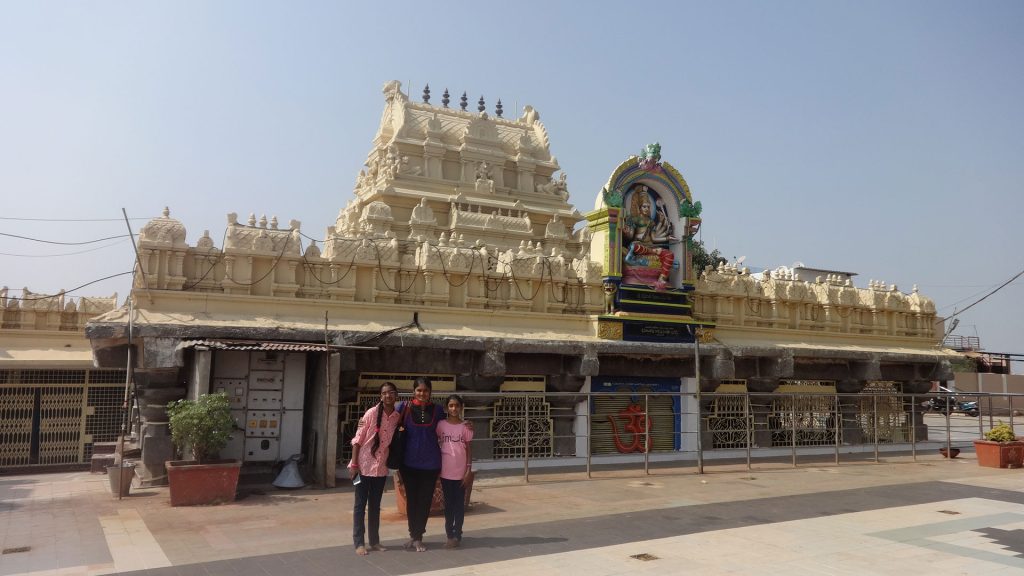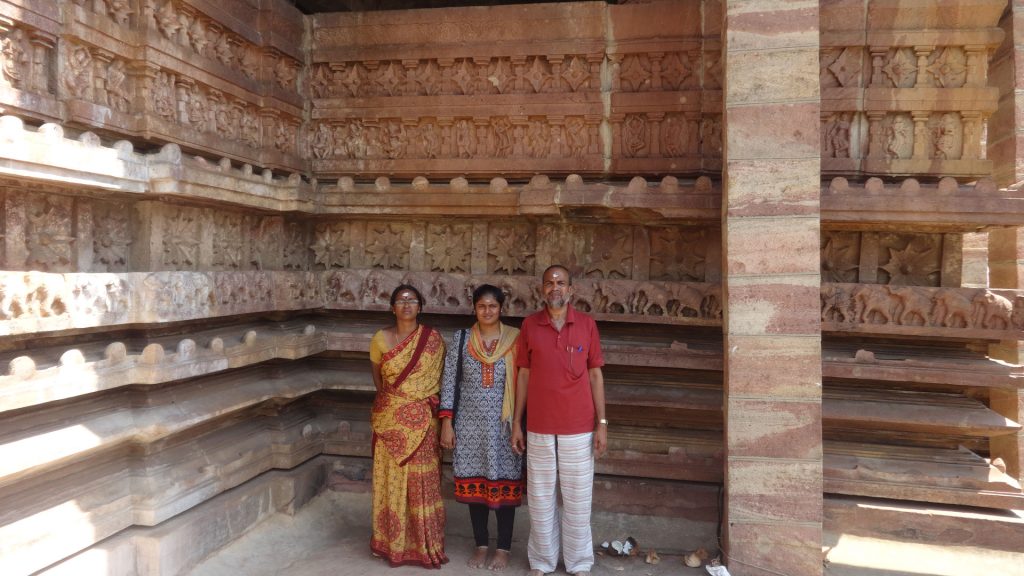If history is to offer any lessons to the present and the future, the history of Imperial Kakatiyas is worthy of emulation.


Even today the memory of Kakatiyas rule is evergreen in the minds and hearts of the people of Telangana. Kakatiyas who began as feudatories of Rashtrakutas, later settled as vassals of Chalukyas of Kalyani before becoming independent.

They moulded the identity of Andhra by establishing a unified political and cultural hegemony over the entire Telugu speaking region. The 200-year rule of Kakatiyas marks an era of prosperity. It was not only in political administration, but also in art and culture of Deccan.

The Kakatiyas had a fine model of polity for democratic institutions. Moreover, their temples were standing examples of religious liberalism.

Furthermore, their remarkable and well planned irrigation facilities are the source of motivation. Even the modern day irrigation programme “Mission Kakatiya” of Government of Telangana is inspired by their planning. Their queen Rani Rudrama Devi was one the greatest female monarchs in Indian history.

Let’s travel to the epoch of the mighty Kakatiyas, learn more about them in detail in this new series of Avaaz24. In this historical journey, we shall see how a family of tiny feudatories turned into a colossal empire walking through the ramparts of their forts and temples.
ALSO READ: Bhagyanagar: Historical evidences of the actual name of Hyderabad















